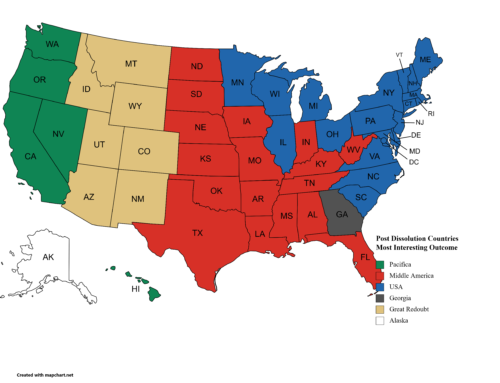One of the greatest challenges senior leaders face is dealing with uncertainty and ambiguity in all aspects of operations from strategic decision-making to daily tasks. When margins are narrow and your key variables are uncertain, it is naturally understandable to wait for more information before making decisions. However, the longer a leader waits for information to refine the key variables in the decision process, the less time there is left for the decision to play out and for adjustments to be made if necessary down the road. In almost all cases, senior leaders recognize this dilemma, but so often those leaders are paralyzed with inability to accept uncertainty in their decision process. So how do we move forward?
Senior leaders must recognize some key points. First, there are some variable affecting your decisions that are more important than others. In a previous post, I offered “The Equation” that can explain any organizational activity. With this in mind, it is the leader’s job to know which variables are more important to what decisions and which variables have lower causality. Make sure you put the big rocks in the jar first, then the small rocks, then the pebbles and finally the sand. This means the senior leader will need to engage the organization to learn which variables are most important for key decisions and then go after those values first. That knowledge becomes embedded in best practices over time, and the better the organization gets at this process, the more able they are to turn corporate focus to lesser variables.
Second, the longer you wait to make a decision, the shorter the window for execution of that decision. There are few decisions that you can put off that won’t affect a hard deadline for your business or organization. Senior leaders will have to accept that their key role in any decision-making process is to know when to say when and make the call to start down a particular path. If they’ve done their part in the first step above, then timelines will not be as big an issue. But if new uncertainties arise or new issues which haven’t been addressed need a decision, the sooner the leader makes that decision, the sooner his organization can work to solve it and make adjustments as necessary.
Sometimes, the best thing to do is ask for more information, but at some point, you have to stop cutting bait and start fishing. No decision is a decision to do nothing. And doing nothing is not a sound business strategy.
Keep thinking…





Leave A Comment